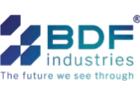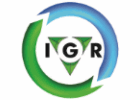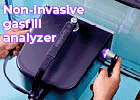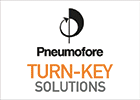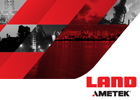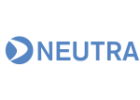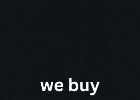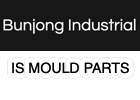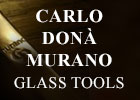INFO
Essas são as informações básicas da empresa. A empresa fornece informações detalhadas adicionais, tais como Web site, fax e números de telefone, pessoas de contacto, a história e os dados da empresa.
Para obter acesso a essa informação, ou para impressão do perfil de empresa, é preciso ter uma validade "Profile Access" para glassglobal.com. Informações para reservas estão disponíveis no Informaçaos e preços .
Informações de contato
| Endereço | Elias Valavanis S.A. Berlin Packaging Group PO Box 3071 41004 Larisa |
| Get in contact with Elias Valavanis S.A. |
Produtos / Máquinas
The glass which we produce for the manufacture of bottles belongs to the system Na2o-CaO-SiO2. All the compositions in this category are designed so as to contain these main elements. Other chemical compounds or elements may be added to the system either to assist in refining the glass mass from bubbles or to increase productivity of the machinery or for other practical reasons.
The raw materials – silica sand, soda ash, limestone and recycled glass – are mixed in specific ratios and then transported to the glass tank furnace where at a temperature of 1.500 °C, they form a viscous liquid.
By adding different colouring agents we can colour the glass. Coloured glass increases the design possibilities of bottles. However, a white glass bottle gives the consumer a direct estimation of the quality and quantity of the product contained.
The different shades of green are used to give emphasis to the characteristics of the product contained, whereas a brown glass bottle is used when the bottled product demands increased protection from the harmful ultra-violet rays.
- Bottle Decoration
- Bottle Print
- Bottle Painting
- Bottle Fluoridation
- Painting with Print
- Fluoridation with Print



